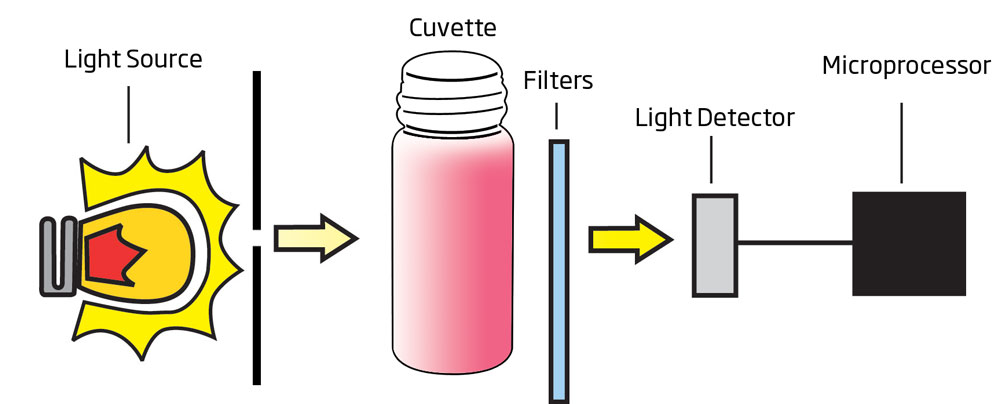Hanna Instruments Australia
The Hanna Advantage:
A Worldwide Leader
in Technology
and Innovation
100% Quality
360 Value
Sales: (03) 9769 0666 | Mon to Fri: 8:30am – 5:00pm
Hanna Instruments Australia
Sales: (03) 9769 0666 | Mon to Fri: 8:30am – 5:00pm










